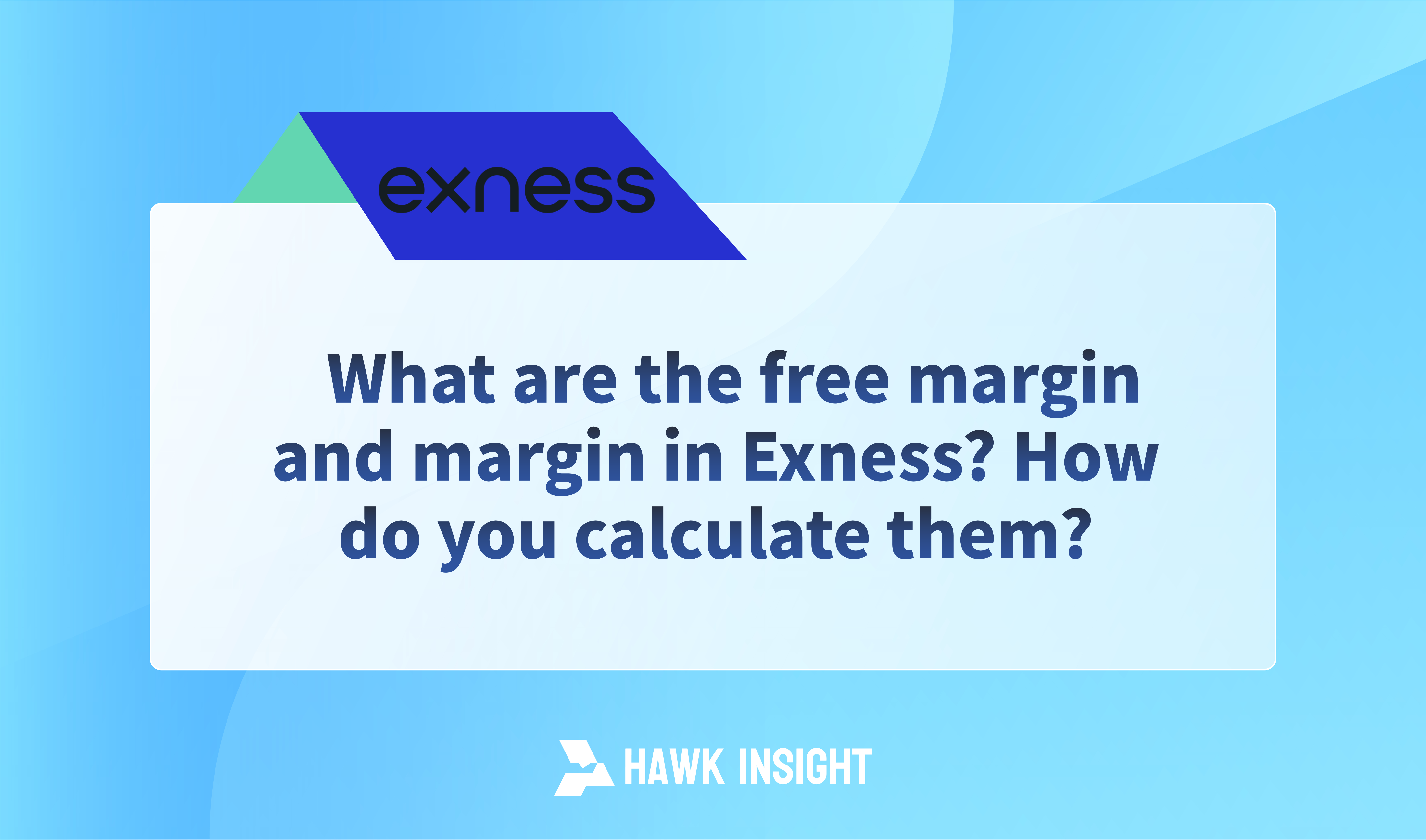What is Exness' Available Margin and Margin?
Margin and Usable Margin are two basic terms that every trader needs to understand thoroughly. In this article, we will take an in-depth look at the concepts of margin and available margin and how they are calculated.

Overview of Margin
In the field of trading, "margin" refers to a specific portion of funds retained by a broker in the currency of the account to hold open orders. It is essentially a form of collateral that serves as security for open trades.
The concept of margin comes into play in different market types, albeit with different terminology. In the foreign exchange market, the popular terms are "available margin" and "netting", while in the stock market "balance" and "collateral" are more common. "are more common in the stock market.
Margin trading is the practice of traders utilising funds borrowed from brokers to trade financial assets that form part of their overall investment. The value of the margin is determined by a specific formula that sets a limit on the amount of leverage that can be used for trading. Therefore, leveraged trading essentially translates into margin trading.
Margin is a guarantee to forex brokers that traders will have sufficient funds to settle trades. In markets that trade with minimal leverage, margin requirements are usually dependent on the size of the deposit.
Margin = (Trade Volume (Lots) × Contract Size (Currency Units) × Price) / Leverage
Understanding Free Margin
The concept of free margin is intrinsically linked to margin. It represents the portion of funds in a margin account not engaged in trading and thus available for additional trades or withdrawals. Simply put, forex free margin indicates the total amount of funds in a trading account available for opening additional trades.
If free margin approaches zero, it indicates the trading account is in an unstable balance, potentially triggering a margin call from the broker to prevent further losses.
Free Margin = Equity - Margin
The Importance of Margin Level
In addition to margin and available margin, another important indicator that traders need to monitor is the margin level. This indicator expresses the ratio of funds in the account (net worth) to margin in percentage form and shows an overview of the open trade load on the trading account.
Margin Level = (Equity / Margin) × 100%
Monitoring the margin level is vital as it directly affects when a margin call is triggered. A margin call is essentially a warning from the broker indicating that the account equity is dangerously close to or at the same level as the margin.
If additional funds are not injected into the trading account, the broker may be forced to close open trades. To avoid such unfavorable situations, it is advisable to maintain a substantial amount of free margin in the account.
Balancing Margin and Free Margin
Margin is a significant risk indicator—the higher the margin, the less room for maneuver in a crisis. Conversely, free margin represents the liquidity of the trading account. The more available funds, the better the chances of navigating through critical situations.
Equity reflects the total amount of disposable funds in the account. When trades are profitable, equity and the corresponding free margin increase. However, if losses occur, equity is impacted, thereby reducing the amount of free margin.
Conclusion
As a trader, the primary goal should be to maintain a healthy balance between margin and free margin. A thorough understanding of these terms not only enables making more informed trading decisions but also protects investments under volatile market conditions.
Disclaimer: The views in this article are from the original Creator and do not represent the views or position of Hawk Insight. The content of the article is for reference, communication and learning only, and does not constitute investment advice. If it involves copyright issues, please contact us for deletion.